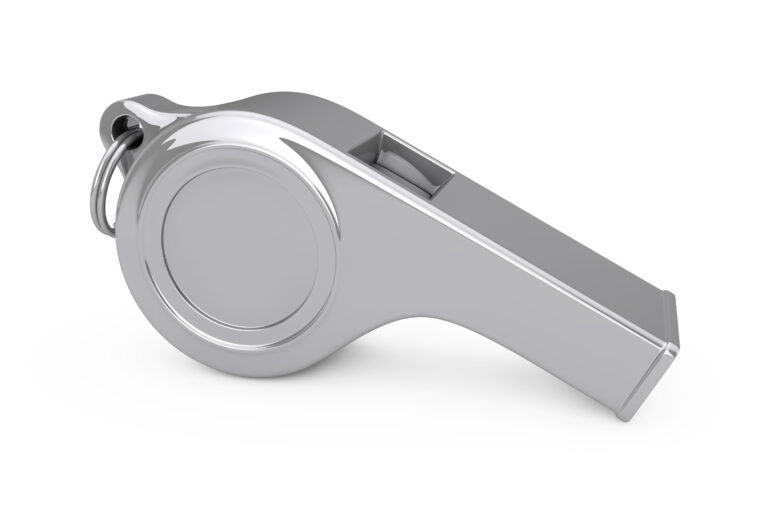The March issue of the Advisor® included information on COVID-19. You are encouraged to read the article on page 4 of the March issue to obtain information on signs and symptoms, prevention, and coordination with public health departments. OSHA does not have a Standard for COVID-19 at this time, but has released guidance, and also refers to the Centers for Disease Control and Prevention (CDC) guidance. The main CDC web page providing coronavirus guidance can be found here:
https://www.cdc.gov/coronavirus/2019-ncov/index.html
The virus has been named “SARS-CoV-2,” and the disease it causes has been named “coronavirus disease 2019” (COVID-19). SARS-CoV has been found to cause severe illness in some people, although the complete clinical picture is not yet fully understood. Reported illnesses have ranged from mild to severe, including illness resulting in death. Although current data suggests that most COVID-19 illness is mild, data out of China suggests serious illness occurs in 16% of cases. Older people and people with certain underlying health conditions like heart disease, lung disease and diabetes, for example, seem to be at greater risk of serious illness.
As of March 12, 2020, the virus was confirmed in 43 states and District of Columbia, with 1,215 confirmed cases and 36 deaths in the US. Testing is just now beginning at the local public health department level in some areas, so those numbers are expected to rise rapidly. There is evidence of person-to-person transmission of COVID-19 in the US in at least 29 cases as of 3/9/2020. The CDC will be updating numbers regularly at noon Mondays through Fridays here: https://www.cdc.gov/coronavirus/2019-ncov/cases-in-us.html.
Precautions
Appropriate hand hygiene, cough etiquette, social distancing, and reducing face-to-face contact with potential COVID-19 cases are needed to slow disease transmission and reduce the number of people who get sick. If you are a subscriber to the Custom Safety Program, refer to Influenza Safety policies in Section 1.35 through 1.49. These policies, when followed, will also help to reduce transmission of COVID-19. For staff awareness and training, refer back to the Influenza Safety training from the September 2019 issue of the Advisor® if you have not recently conducted training.
If you find yourself in an area with an outbreak of COVID-19, consult with local public health departments for assistance and coordination, and follow the CDC guidance for healthcare facilities at the following URL:
https://www.cdc.gov/coronavirus/2019-ncov/healthcare-facilities/guidance-hcf.html
Patient Screening and Management
Screen patients and visitors for symptoms of acute respiratory illness (e.g., fever, cough, difficulty breathing) before entering your healthcare facility. Place a facemask on suspected/confirmed patients and isolate them in an Airborne Infection Isolation Room (AIIR) if available. Expedite treatment and disinfect exam rooms/operatories after the patient leaves the facility.
- Provide visual alerts (signs, posters) at entrances and in strategic places providing instruction on hand hygiene, respiratory hygiene, and cough etiquette.
- Ensure supplies are available (tissues, waste receptacles, alcohol-based hand sanitizer)
- Facemasks should be available at triage for patients with respiratory symptoms.
- If possible, create an area for spatially separating patients with respiratory symptoms. Ideally patients would be >6 feet apart in waiting areas.
We will continue to provide further updates and guidance on COVID-19 as the situation develops.
Update:
OSHA has just released guidance for workplaces on preparing for COVID-19. See the link below:
https://www.osha.gov/Publications/OSHA3990.pdf



